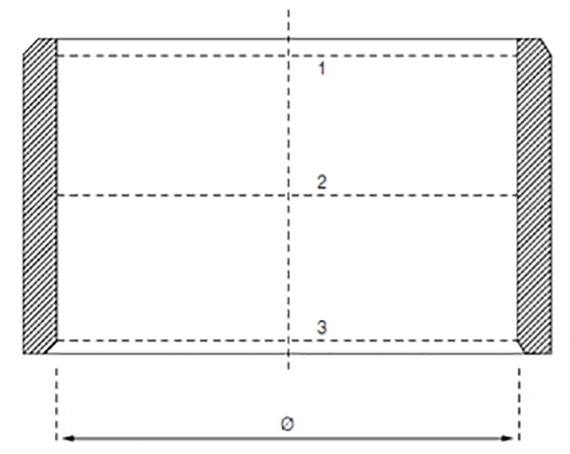
Bore is not properly chamfered - the bearing scrapes off on the outside.
A centering pin is used to enlarge the bearings' inside when it is pressed in.
The bore does not correspond to the H7 tolerance.
The housing is made of a soft material that gets enlarged by the bearing when pressed in.
The shaft is not H-tolerant.
The measuring doesn't take place within the measuring lines.
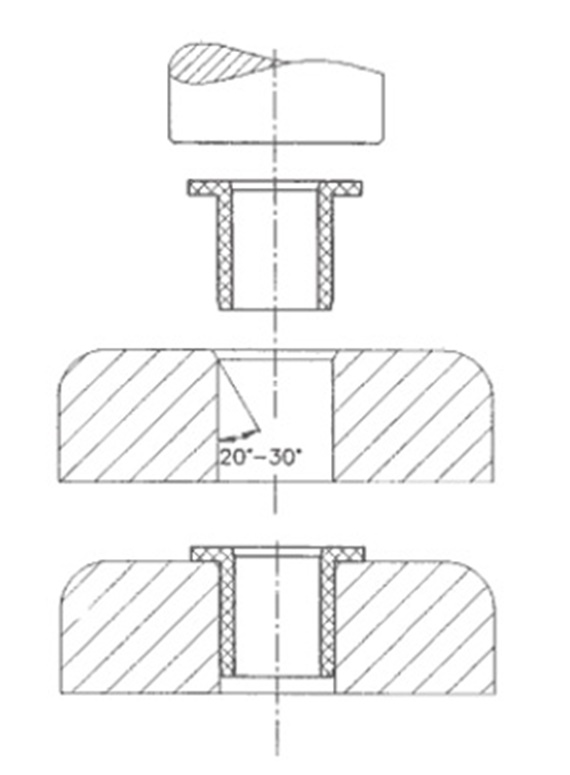
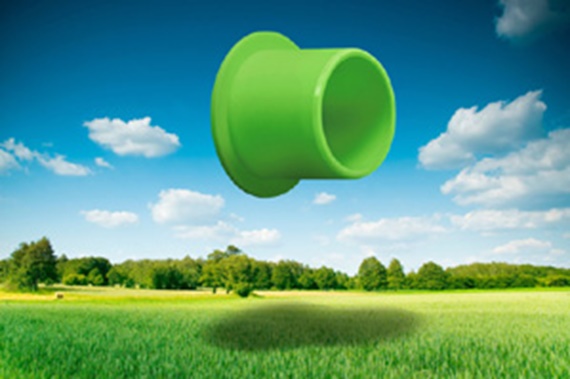
1. Plastic bushings do not require lubrication, which keeps the environment cleaner.It is estimated that one billion gallons of industrial lubricants are consumed annually in the United States and about 40 percent of that is released into the environment. Due to continual advances in tribologically-optimized plastic bushing technology, igus® is able to supply metal bushing alternatives more in line with environmental considerations for an increasing number of applications. Unlike metal or bronze bearings that require messy lubrication, every igidur® plastic bushing uses solid lubricants embedded inside millions of tiny chambers that cannot be pressed out. This means the bushings do not require any oil or grease and so no contaminants are released into the environment.
2. Plastic bushings are extremely lightweight, which helps reduce fuel consumption and carbon dioxide output. The reduced weight leads to lower masses and subsequently lower energy consumption.
3. The high chemical resistance of plastic bushings is another positive ecological aspect. Metals often have to be coated using an environmentally unfriendly, high-energy zinc galvanizing bath to achieve this effect.
4. Less energy is required to produce a plastic bushing compared to a metal bearing. For example, the energy from 15 litres of crude oil is necessary to produce 1 litre aluminium and the energy from 11 litre crude oil is necessary to produce 1 litre of steel. In comparison, it only takes 1 litre crude oil to create 1 litre of plastic and we expect this value to fall even further based on continuing breakthroughs in the field of vegetable-oil based plastics.
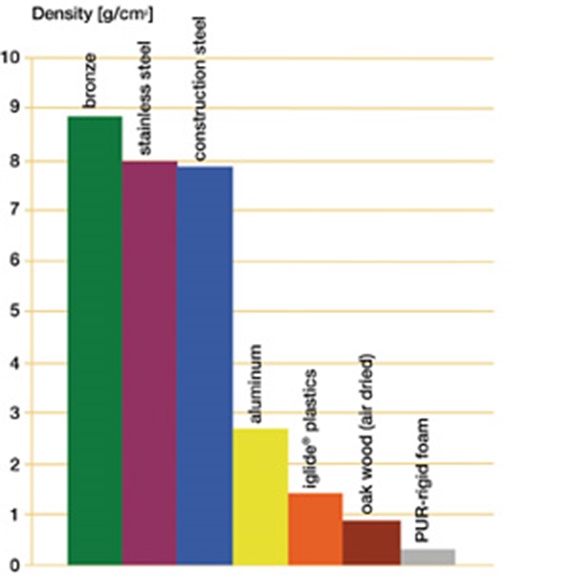
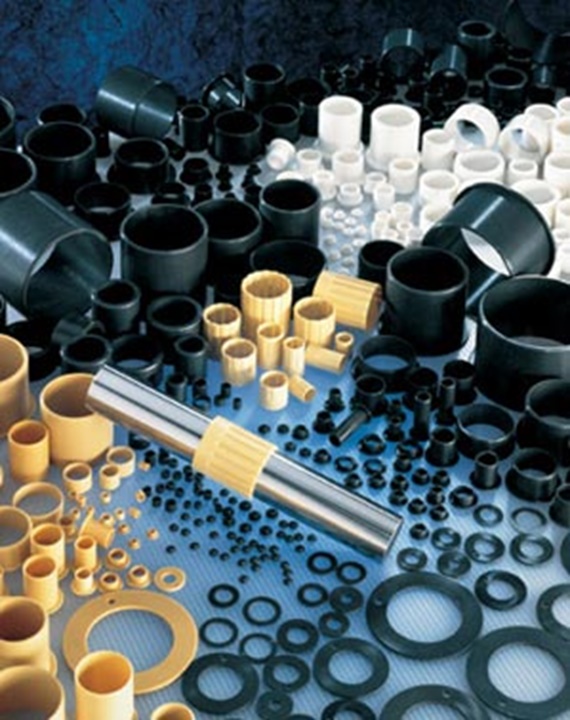
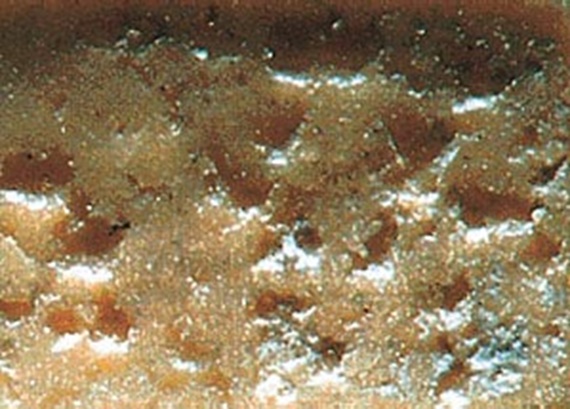
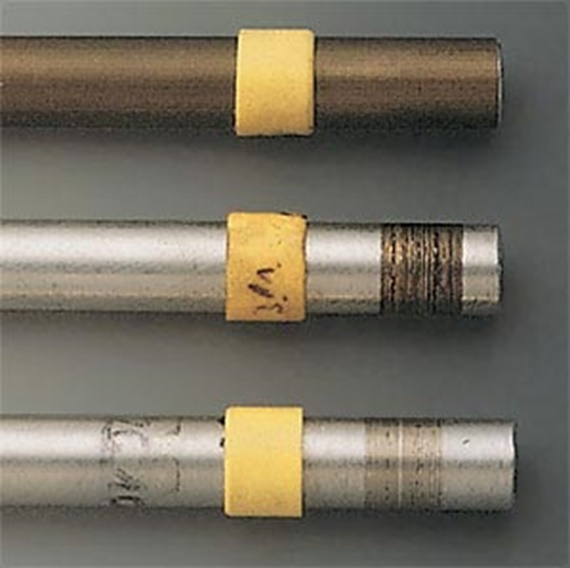
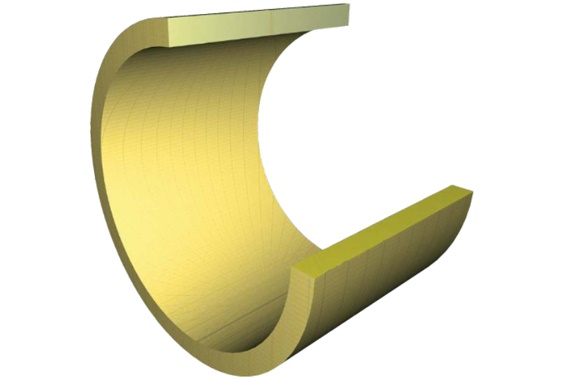
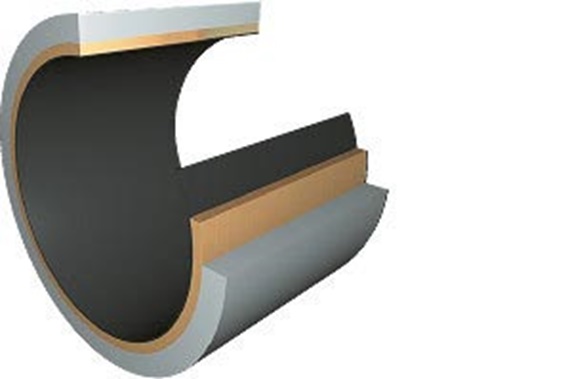
1. No inconvenient lubricants: self-lubricating bearings contain solid lubricants. They lower the coefficients of friction and are insensitive to dirt, dust and other pollutants.
2. Freedom from maintenance: Plastic bearings can replace bronze, metal coated and injection molded bearings in almost any application area. Their resistance to dirt, dust and chemicals make plastic bearings a 'fit-and-forget' solution.
3. Cost savings: Plastic bushings can reduce costs up to 25%. They feature high wear resistance, a low coefficient of friction and can replace more costly alternatives in a variety of applications.
4. Consistently low coefficient of friction and wear: Due to their structure, plastic bearings guarantee a consistently low coefficient of friction and wear throughout their lifetime. Compared to metallic composite bearings, whose gliding layer can be damaged for instance by dirt, plastic bearings often last longer.
5. Absolute corrosion resistance and high chemical resistance: Plastic bearings cannot rust and are resistant to many ambient media.
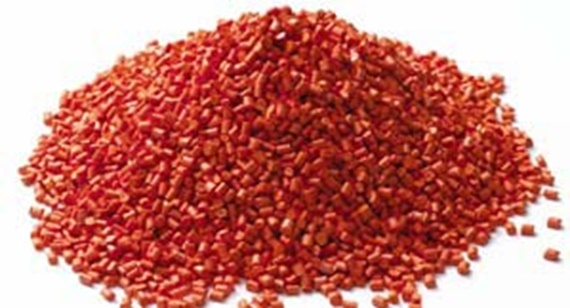
1. Basic polymers which predetermine the basic tribological, mechanical, thermic and chemical properties of the bearing
2. Fibers and filling materials which provide the bearings with a high mechanical load capacity
3. Solid lubricants that significantly optimize wear and friction
Shaft selection: Different shafting materials are recommended for different types of plain bearings. Each shaft-bearing combination will have different wear results.
Load: With increasing radial loads and/or surface pressures, the wear of the plain bearings also rises. Some plain bearings are designed for low loads, some for high loads.
Speed and type of movement: With increasing speed the wear also increases. The type of movement (oscillating, rotating or linear) has considerable influence on the rate of wear.
Temperature: Within certain limits, the temperature barely affects the wear of a bearing, but it can also exponentially accelerate the wear. Depending on the material selection, plastic bearings are indeed suited for a wide temperature range. However, when the maximum application temperature is exceeded, the wear can increase significantly. In most iglidur® materials the rate of wear increases with rising temperatures. There are also exceptions, which only reach their minimum wear at higher temperatures.
Dirty surroundings: Dirt and dust can accumulate between shaft and bearing. That causes wear. Self-lubricating plastic bushings offer an advantage in this situation: they operate oil-free so dirt and dust will not score the shaft or damage the bearing.
Contact with chemicals: Polymer plain bearings are absolutely corrosion-free and resistant against a wide range of chemicals, but certain chemicals can even change the structural properties of a plain bearing, which decreases the bearing's hardness and increases the wear.
Bearing wear means removal of material on the gliding surface, which usually means at the inner diameter of bearing.
The clearance between bearing and shaft can be calculated from the tolerances of bearing and shaft.


Monday to Friday from 8 am - 8 pm
24h